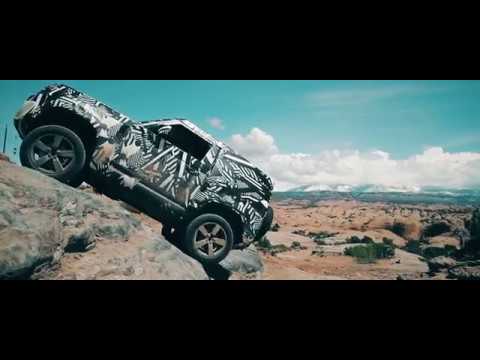.......Also, the new Jeep sat the NCAP tests and got 1 star. Out of 5. Because the car, at 30mph crushes into the cabin and injures the occupants. Which for a modern car is quite an achievement.
This new model to me sits as a happy half house from a defender and a Discovery 4.
Which is why myself and other discovery owners are excited as it could be an ideal replacement for current models in time.
Reference point - Have a D1, RRC and a LR4. The new Defender appears to be a smaller LR4 with maybe better technology and newer powertrain. Is it better? We shall see. The new Discovery is a virtual failure as monthly sales numbers are very low. LR is trying to move that model to a new niche and that takes time.
As for the new Jeep NCAP test, I've said this before, Jeep owners rank safety test at the bottom of the feature list. They are looking for a fun vehicle that can be stripped of doors and accessorized. Think large tires, open convertible-like configs and lots of sun. They are not looking for what some government weenie tells them they should be driving.



